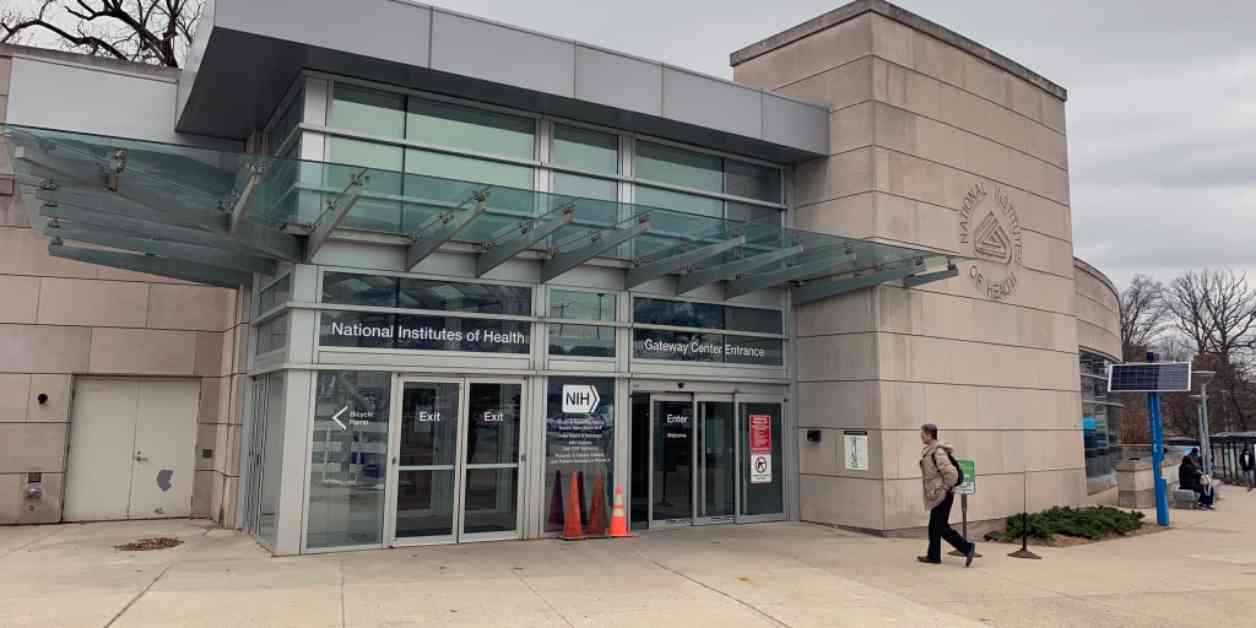NIH Funding Cuts: Impacts on Scientific Research
The recent announcement from the National Institutes of Health (NIH) regarding funding cuts has sent shockwaves through the scientific community. The agency disclosed that it would be reducing the amount of indirect funding for research projects to just 15%, which has raised concerns among researchers and institutions alike. This decision will significantly impact how research is conducted and the resources available to scientists across the nation.
Unveiling the Impact of NIH Funding Cuts
The NIH revealed that out of the $35 billion total spent on research grants in fiscal year 2023, $9 billion was allocated for indirect costs. These costs encompass essential elements such as equipment, operations, maintenance, accounting, and personnel. This reduction in indirect funding will have a profound effect on the infrastructure and resources available to researchers working on various scientific endeavors.
When a scientist secures a federal NIH grant for a project, the institution housing their work receives an additional percentage for indirect costs. This additional funding is crucial for maintaining the necessary facilities and support systems that enable researchers to carry out their work effectively. However, with the new 15% cap on indirect costs, institutions are facing the challenge of managing research projects with limited resources.
Michael Eisen, a biologist from the University of California, Berkeley, highlighted the importance of indirect funding in supporting the infrastructure of research institutions. He emphasized that these costs are essential for sustaining the day-to-day operations of laboratories and ensuring that researchers have access to vital resources. The reduction in indirect funding could potentially hinder the progress of scientific research and limit the scope of groundbreaking discoveries.
Implications and Reactions from the Scientific Community
The decision to cap indirect costs at 15% has sparked a debate within the scientific community, with concerns raised about the potential consequences of this policy change. Scientists and experts from various research institutions have expressed their apprehensions about the impact of these funding cuts on critical aspects of research studies.
Jeffrey Flier, the former dean of Harvard Medical School, voiced his skepticism about the practicality of this policy shift, noting that such drastic measures could have adverse effects on biomedical research. He criticized the decision to shift the burden of supporting research onto universities, highlighting the financial strains that many institutions would face as a result.
Eisen echoed these sentiments, describing the new guidance from NIH as “crude” and “poorly thought out.” He emphasized the need for a more transparent and comprehensive approach to funding research projects, stating that the current policy could lead to a decline in biomedical research overall. The potential consequences of these funding cuts could have far-reaching effects on the scientific community and the advancement of medical research.
As the debate surrounding NIH funding cuts continues to unfold, researchers, policymakers, and institutions are grappling with the implications of these changes. The future of scientific research hangs in the balance as scientists navigate the challenges posed by limited resources and increased financial pressures. It remains to be seen how this policy shift will shape the landscape of research and innovation in the years to come.


